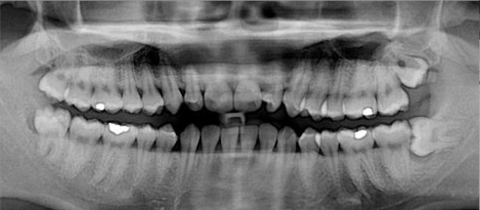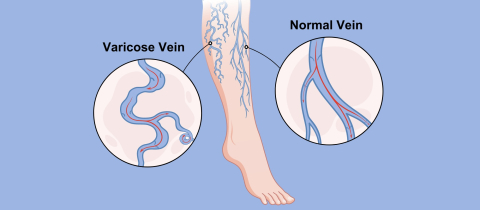Back in the early 1800s the production of potassium nitrate (saltpeter), an essential component of gunpowder, was a booming industry. The potassium nitrate required was isolated from the ashes that remained after burning seaweed, a messy business. One day in 1811, the seaweed tank in Bernard Courtois’ saltpeter factory needed a thorough cleaning and he decided that sulphuric acid was the right chemical for the job. Within minutes, Courtois was amazed to see the room fill with violet fumes which later deposited on surfaces and formed crystals. He didn’t know it, but he had discovered iodine! French chemist Gay Lussac later identified the crystals as a new element and named it “iode” from the Greek for violet!
Seaweed is a source of the iodide ion, which in Courtois’ lucky accident was oxidized to iodine by sulphuric acid. This struck a chord with Jean Francois Coindet, a Swiss physician who was familiar with the traditional use of sea sponge ashes to treat the swelling in the neck caused by an enlarged thyroid gland, known as a “goiter.” Could it be, he wondered, that sponges also contained iodide, and that this was the therapeutic ingredient? Coindet went on to successfully treat goitrous patients with iodine although he had no understanding of why this worked. Finally, in 1896, German chemist Eugene Baumann discovered that iodine concentrated in the thyroid gland and suggested that enlargement of the gland was due to its frantic attempt to sequester as much iodine as possible when supply was inadequate. He was right! The thyroid requires iodine to incorporate into the molecular structure of the hormones it produces.
Now it also made sense why people living near the sea rarely suffer from goiter. The seabed contains soluble iodide salts that wash into the water and concentrate in plants and animals which are eaten by people. Iodide from the ocean also finds its way into coastal soil and from there, into crops. Inland there is less iodine, which is why until the early part of the 20th century, the American Midwest was known as the “Goiter Belt.” Crops, and the animals that fed on them contained very little iodine. The role of iodine was clearly identified in 1914 when thyroid hormone was isolated and shown to contain the element. In 1924, to remedy the problem of low iodine intake, Michigan began to experiment with adding sodium iodide to salt, and the rest, as they say, is history. Iodized salt would become our first “functional food.”
Iodine’s connection to the thyroid also interested Dr. Saul Hertz who had joined the Thyroid Clinic and Metabolism Laboratories at Massachusetts General Hospital in 1931. His focus was on Graves disease, a condition in which the thyroid gland becomes overactive and produces too much hormone. Since the thyroid concentrates iodine, Hertz wondered whether administration of small amounts of radioactive iodine might partially destroy the thyroid and reduce its activity. By 1946 he had shown that Iodine-131 was an effective treatment for hyperthyroidism and to this day it remains the standard therapy for Graves disease. Radioiodine therapy is also used in cases of cancer of the thyroid. The rapidly multiplying cancer cells can be destroyed by radiation.
But radiation is a double-edged sword. The gamma rays and beta particles emitted by Iodine-131 can also disrupt the structure of DNA and cause cancer. This is a major concern with any nuclear power plant accident since radioactive iodide is one of the products of the uranium fission process used to generate electricity. If accidentally released, it can be inhaled or ingested from contaminated vegetation, dairy products or meat. One way to prevent the accumulation of radioactive iodide in the thyroid is to saturate the gland with the non-radioactive version. This is why potassium iodide tablets are distributed to people who live in the vicinity of nuclear power plants. Should there be an accident, they would be advised to take an appropriate dose (130 mg per day for an adult, half as much for a child) until the risk has passed.
The dangers of radioactive iodide exposure, particularly in children, were dramatically demonstrated in 1986 in the Ukraine after the Chernobyl accident. Within four years there was a huge increase in thyroid cancer in children in the areas covered by the radioactive plume. Poland, where potassium iodide tablets were immediately distributed to some 11 million children and 7 million adults after the accident, serves as a remarkable contrast to the Ukraine situation. Virtually no increase in thyroid cancer was observed, clearly demonstrating the protective effect of potassium iodide.







